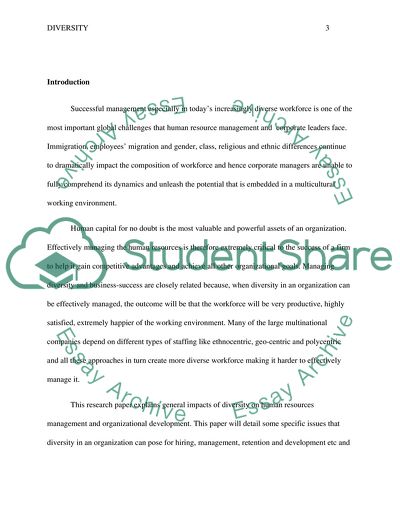Cite this document
(Ethical and Legal Issues in the Workplace Dissertation - 6, n.d.)
Ethical and Legal Issues in the Workplace Dissertation - 6. Retrieved from https://studentshare.org/human-resources/1749810-human-resource-management
Ethical and Legal Issues in the Workplace Dissertation - 6. Retrieved from https://studentshare.org/human-resources/1749810-human-resource-management
(Ethical and Legal Issues in the Workplace Dissertation - 6)
Ethical and Legal Issues in the Workplace Dissertation - 6. https://studentshare.org/human-resources/1749810-human-resource-management.
Ethical and Legal Issues in the Workplace Dissertation - 6. https://studentshare.org/human-resources/1749810-human-resource-management.
“Ethical and Legal Issues in the Workplace Dissertation - 6”, n.d. https://studentshare.org/human-resources/1749810-human-resource-management.


